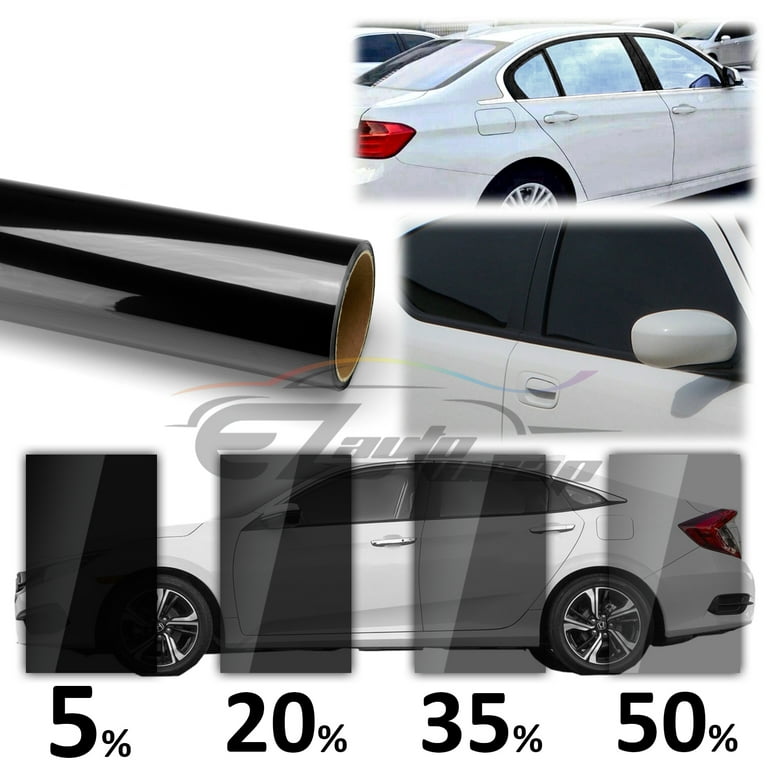Window Tinting Laws and Guidelines: What You Required to Know Before Tinting Your Car
Prior to continuing with home window tinting for your car, it is important to acquaint on your own with the diverse regulations and guidelines that regulate this method across various states. These policies dictate the permitted levels of tint darkness, commonly measured by visible light transmission (VLT) percentages, and consist of specific stipulations for front windshields aimed at ensuring road safety and security.
Summary of Window Tinting Regulations
Window tinting legislations are often based on variant throughout various jurisdictions, showing local guidelines and safety and security considerations. These laws dictate the permissible levels of color darkness and reflectiveness on lorry home windows, making sure that drivers preserve ample exposure while additionally securing against hazardous UV rays and warmth.
Many policies categorize home window tinting based upon the Visible Light Transmission (VLT) percent, which indicates the quantity of light that can go through the home window. Usually, lower VLT percentages signify darker colors. Legislations frequently separate between the front, side, and rear windows, with more stringent restrictions put on the front windscreen to boost safety and security for both the vehicle driver and other road individuals.
Conformity with window tinting laws is vital, as infractions can result in fines, obligatory removal of the color, and possible boosts in insurance premiums. It is important for lorry owners to familiarize themselves with regional legislations before proceeding with home window tinting setups.
State-by-State Color Rules
Comprehending the specific window tinting laws in each state is essential for vehicle owners looking for to conform with the law. Each state in the united state has actually developed its very own collection of policies governing window tinting, which can differ considerably. These regulations often dictate the allowed levels of color darkness, the types of windows that can be tinted, and any medical exemptions that may use.
For circumstances, states like The golden state have rigid limitations on color darkness for front windows, while others, such as New Mexico, might enable darker tints. In addition, specific states mandate certain presence percents for numerous home windows, including the windshield, front side home windows, and rear windows. It is crucial for vehicle proprietors to familiarize themselves with their state's legislations to prevent potential fines or fines.
Furthermore, some states may call for an accreditation sticker label to be put on colored home windows, indicating compliance with state legislations. Failure to comply with these regulations not just takes the chance of lawful consequences however can also affect security and exposure while driving. Vehicle owners need to carry out detailed study or get in touch with neighborhood authorities to make certain full understanding and compliance with state-by-state tint guidelines.
Allowed Tint Degrees and Types
Lots of lorry owners might be surprised to learn that enabled color degrees and kinds vary extensively throughout various states. Each state has actually established its own policies pertaining to the permitted darkness and reflectivity of window color, usually measured by Visible Light Transmission (VLT) portions. VLT refers to the amount of light that can pass with the tinted home windows; thus, a lower percentage suggests a darker tint.

Moreover, the sorts of color materials enabled can vary, with some states banning metal or mirror-like finishes. It is essential for automobile owners to familiarize themselves go to website with their state's specific regulations to ensure compliance. Non-compliance can cause fines, obligatory elimination of the tint, or other lawful effects, making it necessary to comprehend these regulations before proceeding with setup.
Medical Exceptions for Tinting
While not all states give allowances for clinical exceptions relating to window tinting, those that do recognize the necessity for certain individuals to improve presence and convenience as a result of clinical conditions. Numerous clinical conditions, such as lupus, skin cancer cells, and specific eye conditions, can provide people particularly conscious sunlight. These people may call for darker colors to shield themselves from hazardous UV rays and glow.

It is vital to keep in mind that despite a medical exemption, there might still be constraints on the degree of tint permitted. Compliance with state legislations makes certain that people are both safeguarded and within legal restrictions. Those thinking about clinical exceptions ought to contact their regional Division of Electric motor Automobiles or comparable authority to recognize the needs and treatments needed to look for an exemption successfully.
Charges for Non-Compliance
Stopping working to adhere to home window tinting legislations can lead to considerable charges, which differ by state. Legislation enforcement companies are equipped to issue citations for vehicles that do not comply with the defined reference tinting policies. These penalties commonly consist of penalties, which can range from small quantities to numerous hundred dollars, relying on the seriousness of the infraction and the state concerned.
In some jurisdictions, repeated offenses may result in rising penalties or extra fines, such as compulsory court appearances. Non-compliance might necessitate the removal of prohibited tinting, often at the owner's expenditure. In severe situations, habitual offenders may face suspension of their lorry enrollment up until conformity is accomplished.
Additionally, insurance coverage implications might arise from obtaining several citations for window tint offenses. Insurance providers might view such infractions as a sign of riskier habits, possibly read review resulting in raised premiums or problem in coverage.
To prevent these penalties, it is crucial for automobile owners to familiarize themselves with their regional window tinting laws and ensure that their lorry complies (Window Tinting). This aggressive strategy not just stays clear of lawful ramifications but likewise promotes road safety
Conclusion

A lot of policies classify window tinting based on the Visible Light Transmission (VLT) percent, which shows the quantity of light that can pass through the window. Conformity with window tinting policies is essential, as offenses can result in fines, compulsory elimination of the tint, and potential rises in insurance premiums.Understanding the particular home window tinting policies in each state is essential for automobile proprietors looking for to abide with the legislation. These guidelines often dictate the allowed levels of tint darkness, the kinds of home windows that can be tinted, and any medical exemptions that may apply.
For circumstances, states like The golden state have rigorous limitations on color darkness for front home windows, while others, such as New Mexico, might permit darker colors.